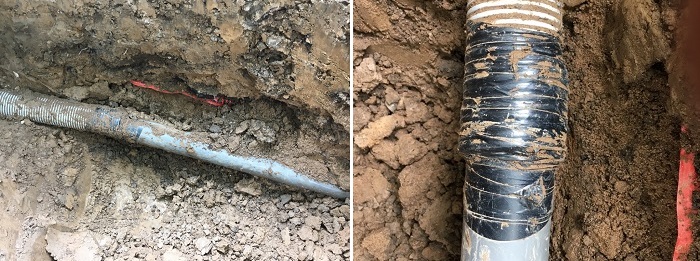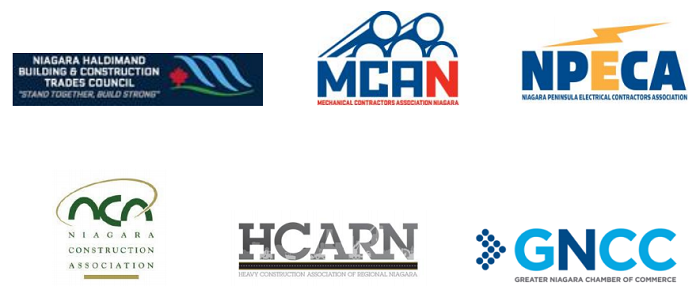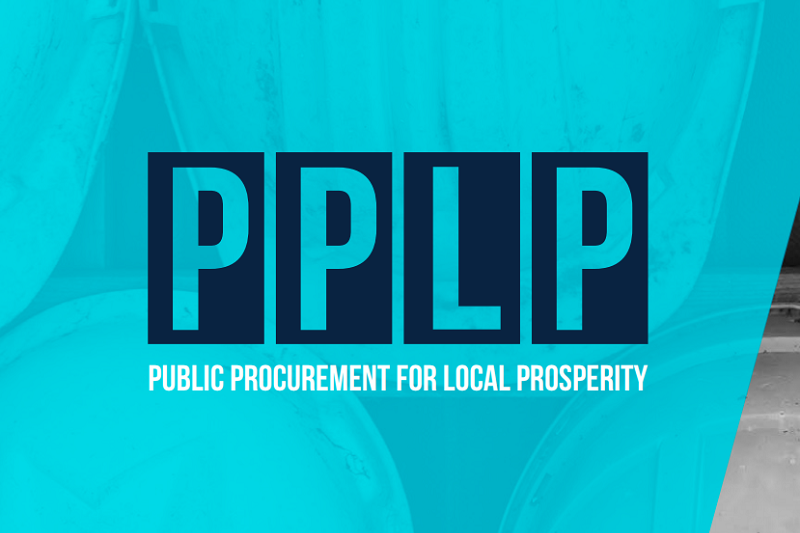Creating a Road Map
The success of the conference was built out of a larger process. The initial steps involved identifying areas for improvement through surveys and interviews with stakeholders. Workshops throughout the summer allowed smaller groups to focus on these areas and discuss solutions.
For example, the 13 municipal governments in the Niagara region, (as well as health, parks and educational commissions) all have different processes and sets of documents. This makes it more difficult for smaller contractors, who don’t have a dedicated sales staff, to do the legwork involved submitting bids. Procurers, meanwhile, face frustration and wasted time due to errors and omissions in bid packages. Standardizing is a win-win for everyone.
Similarly, moving to full electronic bidding would save time for all concerned. It would also help ensure that processes and outcomes were transparent, fostering both accountability and fair competition.
Including the names of major subcontractors involved in the bid response would lead to rewarding companies with a clean track record with new opportunities, while keeping out the “bad apples”. This would benefit public entities by reducing the likelihood of costly mistakes and delays.
One of the most significant parts of the proposed new process is with the post-project assessments. This will be more than a report card for individual contractors.
John Armstrong of Armstrong Strategy Group helped mediate the process. “This process will assess the entire project; what went well, and where there were weaknesses. Once identified, issues can be tracked and measured over multiple projects so that procurers can work on fixing problems and measure the success of solutions.”
The Real Cost of the Lowest Price Bid
“The PPLP’s goal is to bring awareness to areas in procurement that can benefit everyone if they’re improved, both from a health and safety standpoint and from a value and cost savings standpoint,” says Cimek.
The PPLP was formed after Cherney grew frustrated with the practice of bid-shopping in the major infrastructure construction industry.
Bid shopping is the process of taking a contractor’s price and aggressively searching for a contractor that will do the work for less, quite often after the general contractor has been awarded the contract.
“When you challenge a contractor to lower the price, the question becomes ‘how are they going to get there?’” says Cherney. “By changing to substandard materials? By not hiring properly licensed trades? By cutting corners?”
While Cherney doesn’t name names, he has seen examples of work that poses a risk to public safety. “Some of our members have been hired to fix work that was not done properly and not noticed until years down the road.”
“Codes and regulations were clearly not followed. These were rules that were put in place for a reason.”

Work that was installed by non-certified electrical workers. A local IBEW contractor was hired to fix the work after the fact.
Cherney sums up with, “All we’re advocating for is a fair, transparent process and for the work to be done by qualified individuals.”
Investing Taxpayer Dollars Back into the Community
The other issue the group is discussing is local versus external sourcing, in a business landscape that often means local providers are often much smaller.
“Our premise was to try and balance the scales without breaking the rules, given that keeping money in the community is a good thing,” says Armstrong.
When hired, local workers will naturally spend the money within the communities that the project funds originally came from. They buy food from local stores and restaurants, and give back to charitable causes in the community. The same cannot always be said for external companies and workers, especially in situations where workers are bussed in every morning, and bussed out when the whistle blows at the end of the work day.
John Armstrong says, “Ultimately the goal is to formalize a structure for a continuous improvement process for all players in the construction procurement process, no matter where they are in the supply chain.”
Part of a Wider Movement
The Niagara region is not alone in taking a direction towards a streamlined, standardized, and transparent bidding processes. The Region of Waterloo has gone through a similar process, and the Alberta building trades have a similar initiative at the provincial level.
“The important thing is that we’re dealing with these issues in a non-confrontational way,” states Armstrong, “Because there will still be work to do in implementing the best practices.”
“This will need to build over time,” he continues. “As procurers start to notice these best practices working for them there will be wider adoption. But we’ll need to work to keep the momentum going and ensure that the gains are maintained as new staff is hired over time, and organizations change and adapt.”
Looking to hire a contractor click here. Learn more about IBEW click here.
Image credits:
- Images of improper conduit work courtesy Mark Cherney



